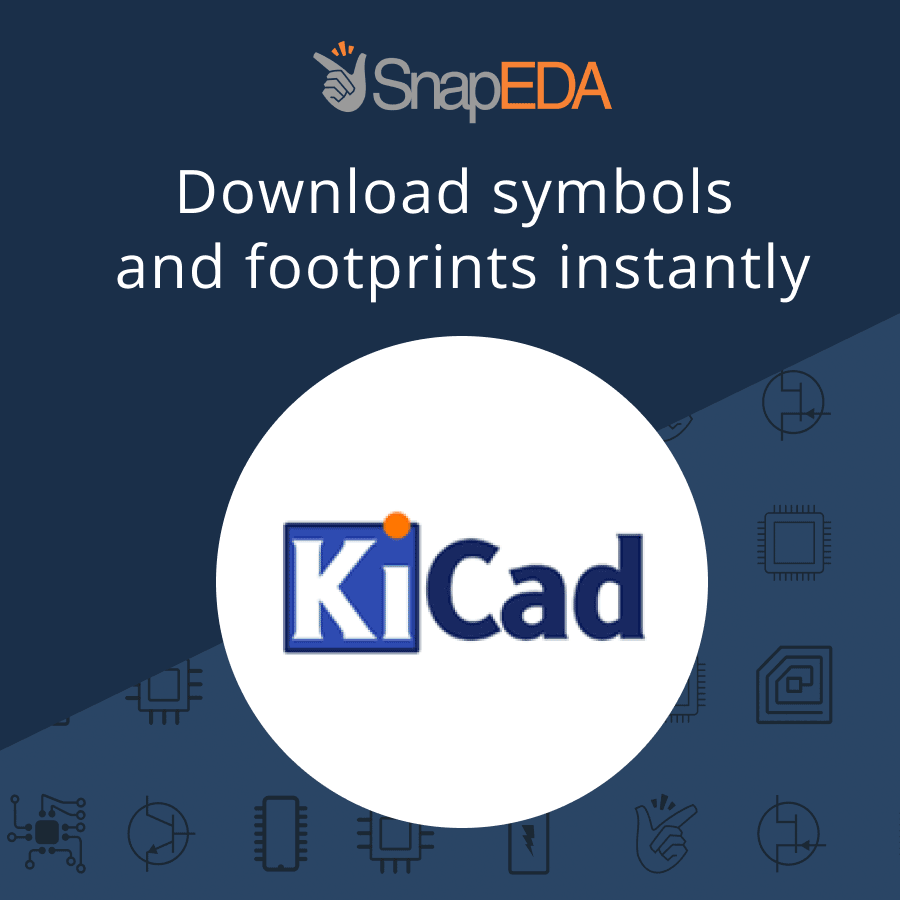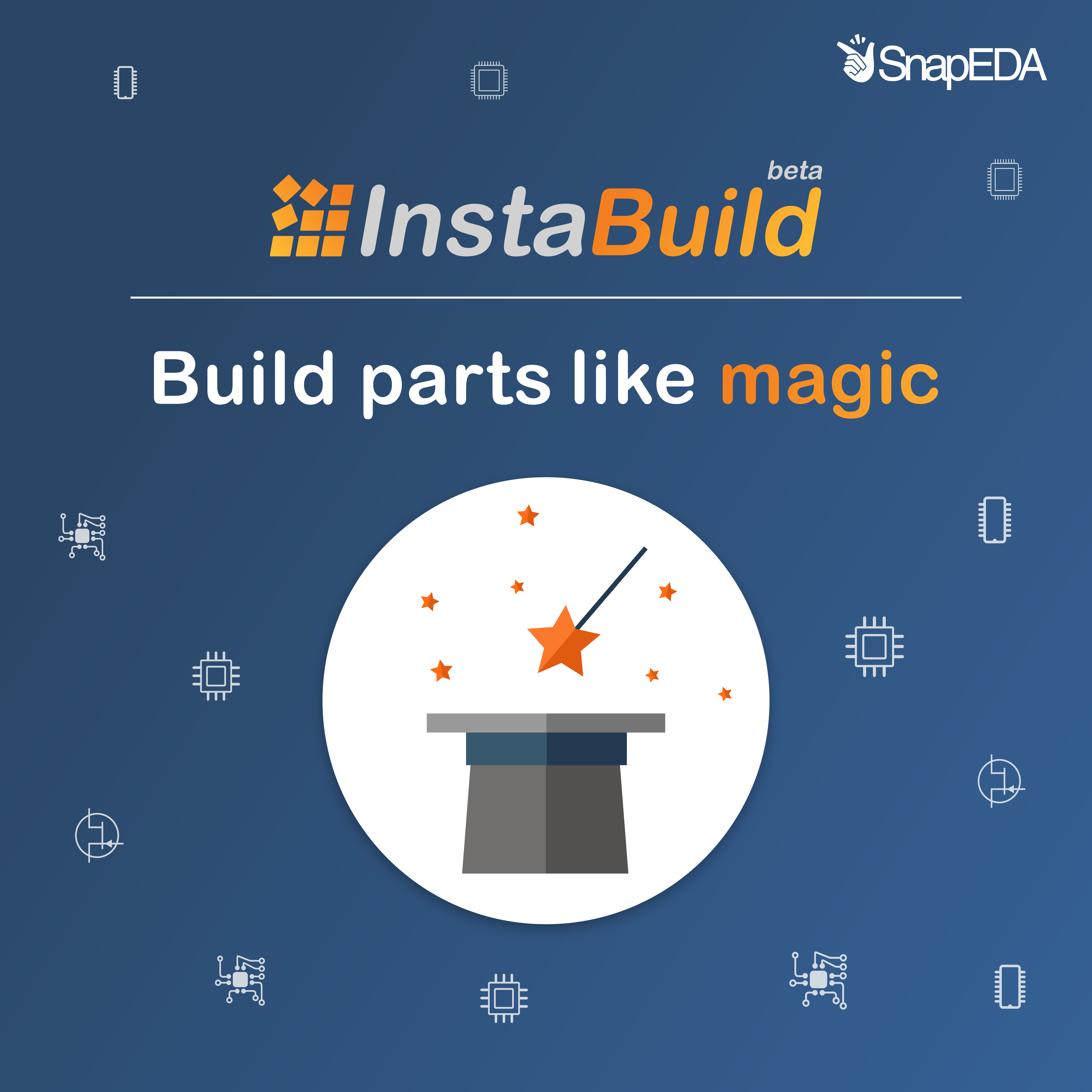
Industry Spotlight: Interview with Jon Lass at Royal Circuits
Name: Jon Lass
Company: Royal Circuits
Role: VP of Engineering
Location: Hollister, CA
Hi John, Royal Circuits has been around for 30 years. Tell us about your company.
Jon: We specialize in quick turn prototype circuit boards. That means we can turn around multi-layer boards within 24 to 48 hours in small quantities. That’s our niche in the market. We can do very complex circuit boards with buried and blind vias with aggressive lead times. We do FR4 material which is the bulk of PCBs, and also Hybrids, which is generally a Rogers material with FR-4 mixed. We see a lot of that for RF designs.
What is the biggest error you find PCB designers making when going to manufacturing?
Jon: One of the biggest ones is incomplete data packages – missing files, missing fab drawings, and things like that. Engineers don’t put everything we need in there so we’re missing information, such as drill layers. Engineers will often refer to specifications they don’t include. If they do their homework, they can make the process a lot more efficient.
When they forget this information, everything goes on hold, and designs can fall out of the queue. As a designer, you definitely lose time, so I’d advise designers to include this information.
What are some best practices you recommend PCB designers follow?
Jon: We a lot of times still get gerbers, drill files and IPC netlists all as source files. The Ideal method would be ODB++ — which is just one file with the netlist included. It’s by far, the most efficient data file to send. Rather than separate files, it includes the data all together. All current CAD systems can output ODB++ nowadays.
Second, make sure on the fabrication drawing, that there are clearly defined notes — thickness of copper traces, finished copper layers, what layers you need impedance control on and which reference layers are used for the impedance.
You’ve been in the industry for decades. What are some shifts you’re seeing?
Everything is getting smaller and smaller. It’s much more challenging to build PCBs as opposed to 20 years ago.
Everything is getting smaller and smaller. It’s much more challenging to build PCBs as opposed to 20 years ago. All geometries are extremely small, holes are smaller, there’s more stuff on boards, smaller footprints, and everyone wants handheld devices.
We’ve definitely had to make a big capital investment to keep up with the technology. More accurate machines for drilling, routing, plating, or even imaging. Film and image layers are now direct lasers. Drilling to 6 mil holes is standard and you even need new software changes to keep up with that.
Do you have any tips for what designers should watch out for when sending their designs to manufacturing?
Jon: Take into account clearances — how close drilled features are on inner layers, and their geometry, to account for what can realistically be built. A lot of times, designers will send us designs with 3 mil traces and spacing, when they could have increased it in certain areas. We can definitely create this board, but it will unnecessarily increase the complexity and cost for the customer.
What do you think of IPC standards when it comes to manufacturing?
Jon: If they can be followed they should be, but sometimes it’s not realistic. If your design is within their guidelines then do it. But there might be scenarios that you run across that aren’t included in the guidelines, and that’s where it’s helpful to contact a manufacturing house for tips.



Comments (1)
Stephen Bakaram
November 9, 2017 at 4:36 am
For a designer, this has been an interesting read. Thanks, John.